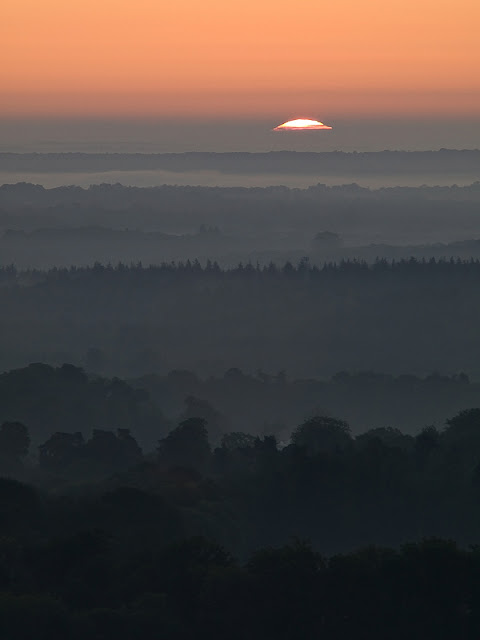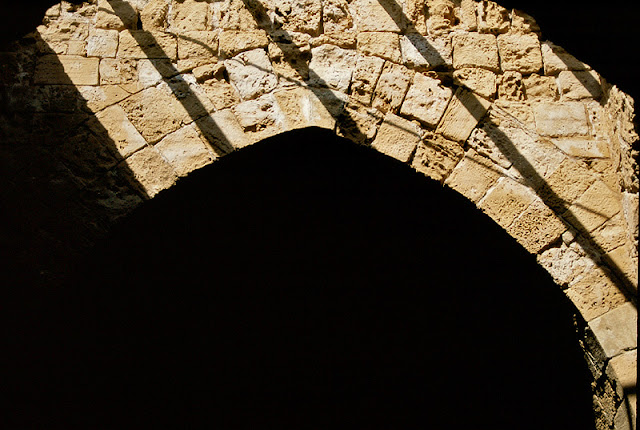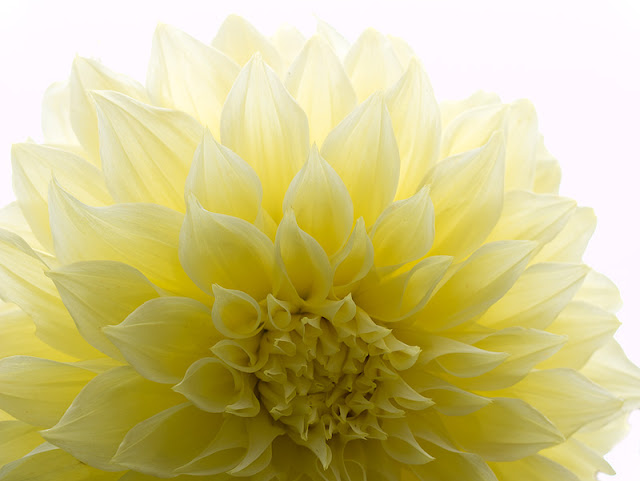Sunrise Strategy
When did you last see a great sunrise? By "see a sunrise", I mean standing in one place and waiting for the sun to appear over the distant horizon. Its a truly magical experience and a great photo opportunity.
To arrange to get a picture like this poor example requires distinct strategy.
First of all you need to have a particular site in mind that has an uninterrupted view to the East and North (or some other direction if you are in that other hemisphere).
I can't help you there, you need to do some site scouting. Next you need to know exactly when the sun will rise and in exactly which direction. For these second tasks I suggest the Photographer's Ephemeris. Its a fancy bit of software that tells you where the Sun and Moon are in the sky at any time and place of your choosing.
Now you need to start paying attention to the weather forecasts. I start with a synoptic chart like this one. You are looking for a large high pressure settled over the country. Next you need to watch the TV weather forecast for tonight and tomorrow, and in this case you are looking for low wind, low overnight temperatures with clear skies and the warning of mist.
You get your gear ready the night before. Two cameras, a wide and a long tele lens, spare batteries, the Big Tripod. So you set the alarm for 04.30 BST, grab a quick cup of tea and get there in plenty of time. The best part of sunrise is the fifteen minutes before and sixty seconds after the sun peeks over the horizon. After that the light changes and it loses all the magic, so be prepared to work fast and work carefully.
For me, the best sunrise shots use a long telephoto lens to compress the landscape. However a good wide shot is worth taking, particularly if there is something you can place in the foreground.
For me, the best sunrise shots use a long telephoto lens to compress the landscape. However a good wide shot is worth taking, particularly if there is something you can place in the foreground.
If you are a fan of panoramas like me (see that second picture above) then you need special strategy, and I suggest you need to cheat a bit. Here goes: Level the tripod and pick the camera with the long prime tele lens. I used the excellent Tamron Adaptall 200mm manual focus lens for that shot. I leave white balance on auto because I am shooting raw files, and I will look at colour balance later. I use manual exposure for a pano and set it for the brightest part of the image. Don't be afraid to let parts of the image go black... Check: Focus fixed, aperture at f8, exposure fixed, tripod level, camera clamped, mirror up delay two seconds. Now get the sequence of pictures needed to make the pano, allowing for some overlap. You will get a sequence of pre-dawn shots like this one.
Do this about 5 minutes before the sun is due to rise. There are nice colours to be had then. Now the clever bit. Keep the same lens on, change to aperture priority and prepare for sunrise. Bear in mind you need to get you best shots during those magic 60 seconds. You should get something like the first shot above.
Finally, you need to cheat and grab the sun from the sunrise shot and add it to the pano which didn't have the sun in it. Hint: Use layers in "Lighten" mode and see where you get.
You can't shoot a pano while the sun is rising over the horizon because the lighting changes so rapidly, so my solution is to shoot the pano just before sunrise, then shoot the sun using the sam lens aftewards....
You can't shoot a pano while the sun is rising over the horizon because the lighting changes so rapidly, so my solution is to shoot the pano just before sunrise, then shoot the sun using the sam lens aftewards....







Comments
Post a Comment